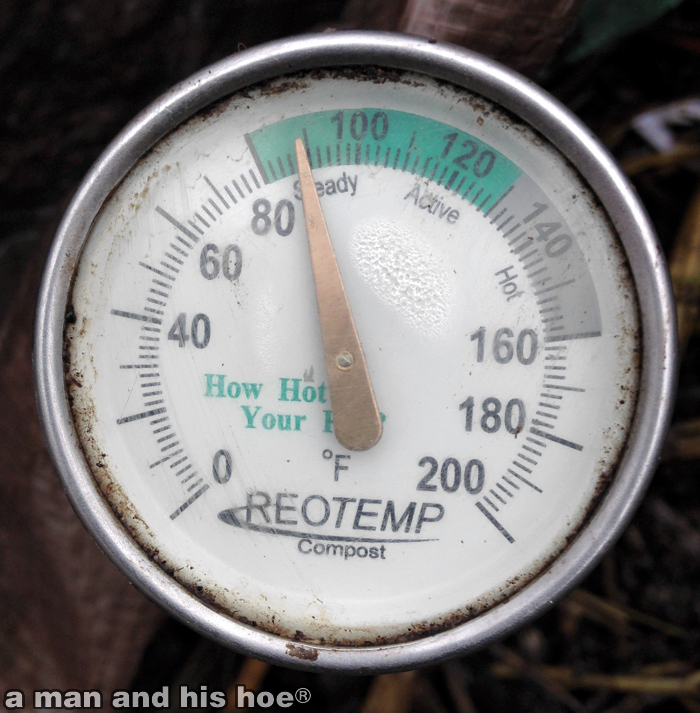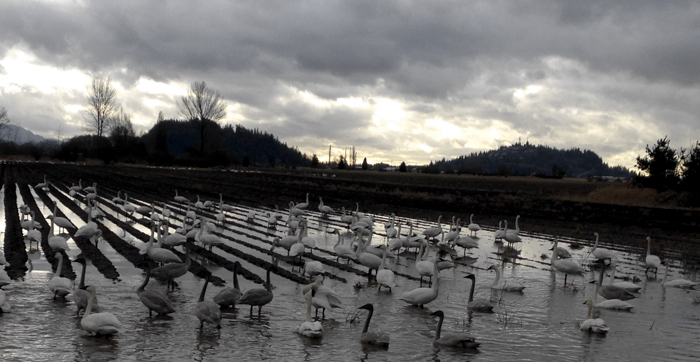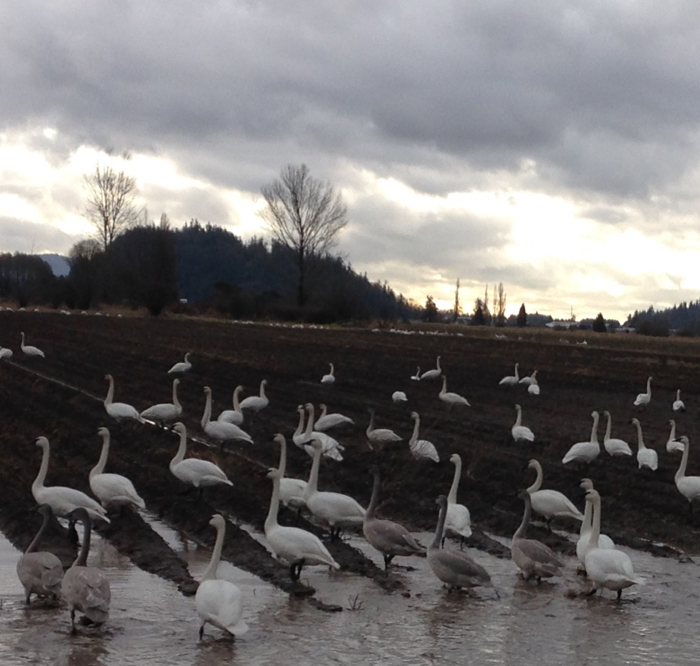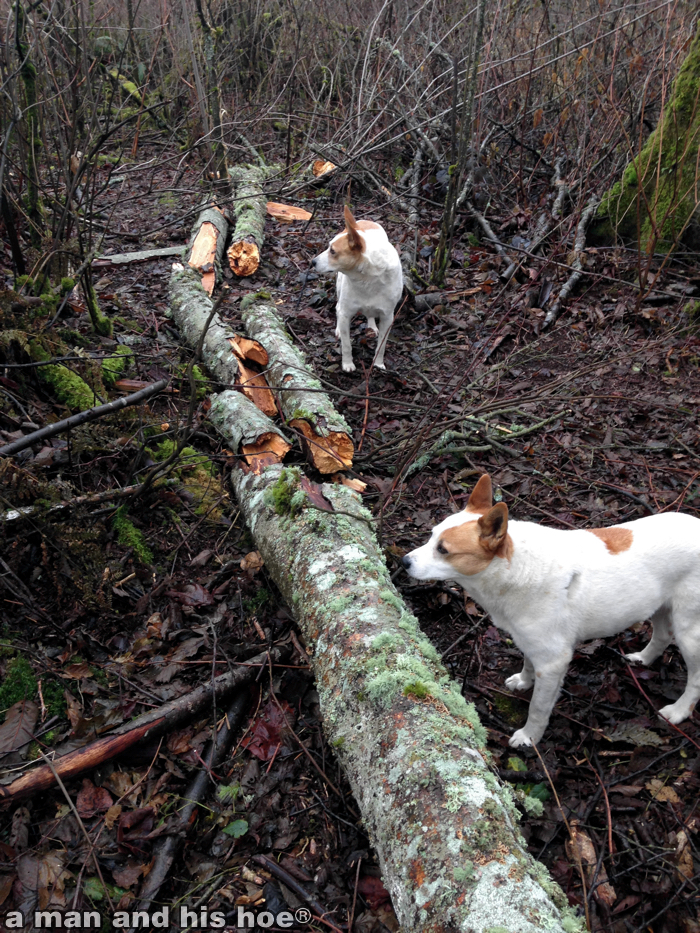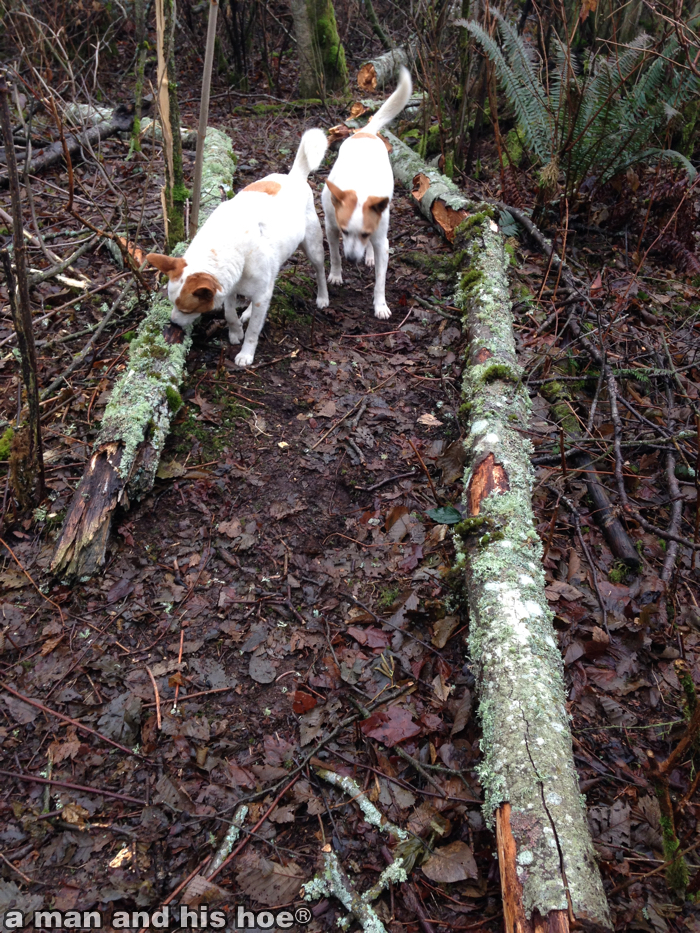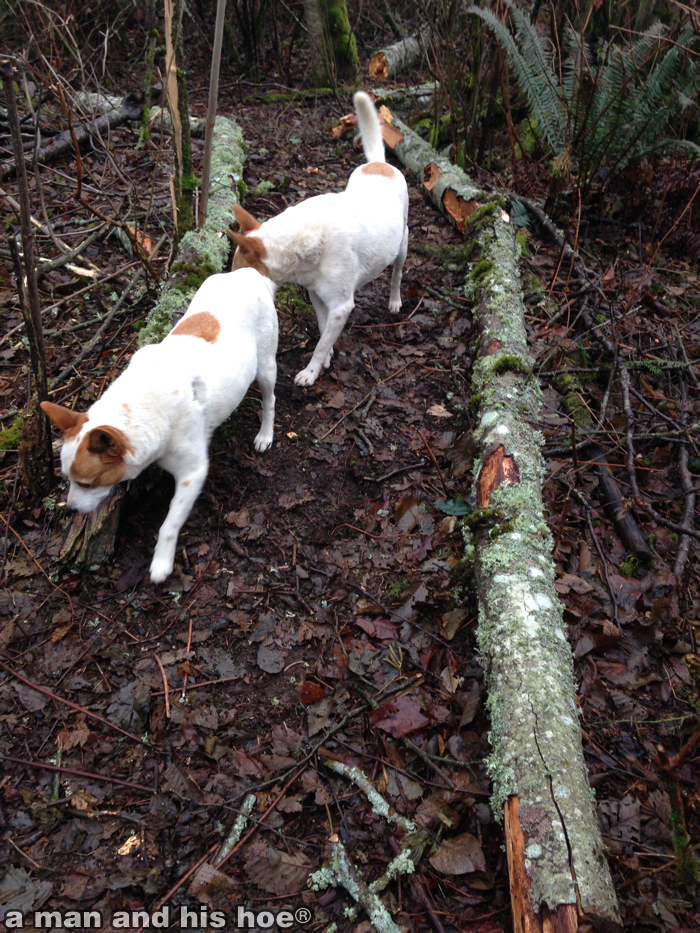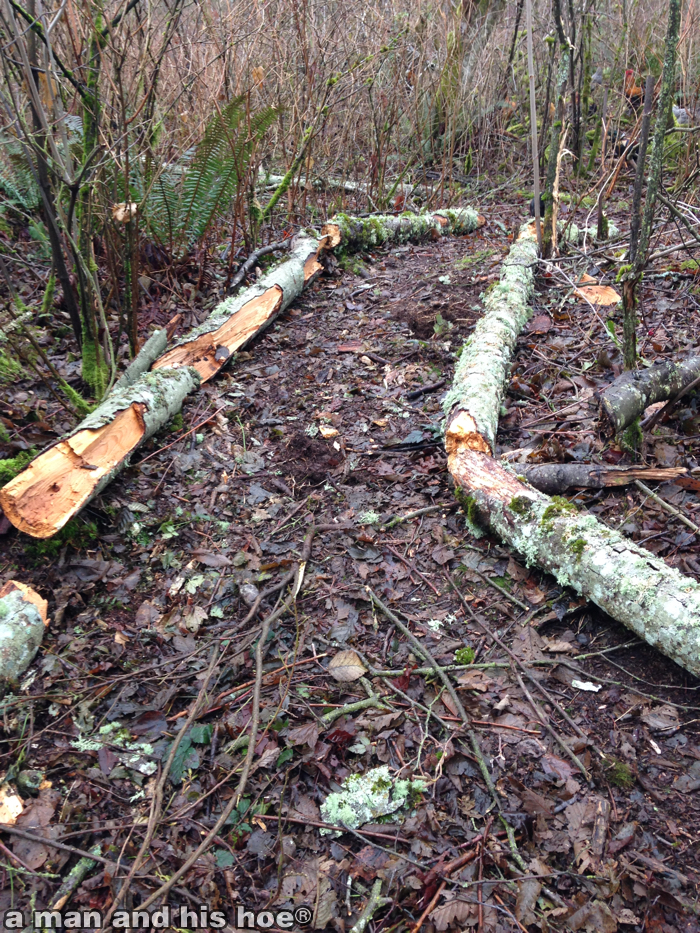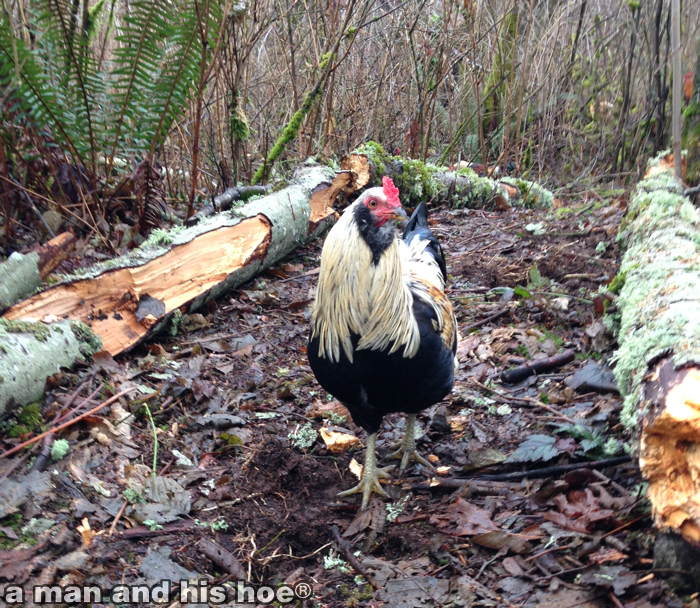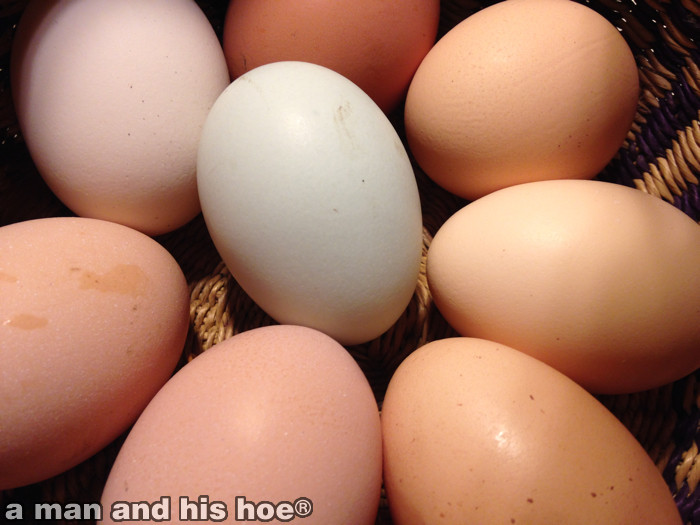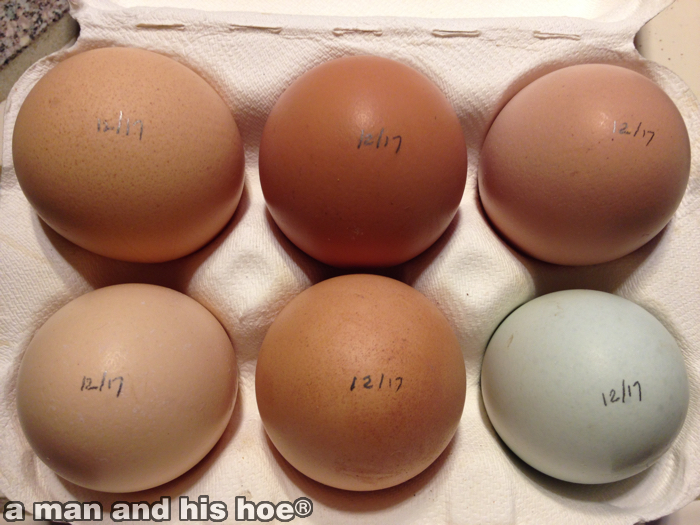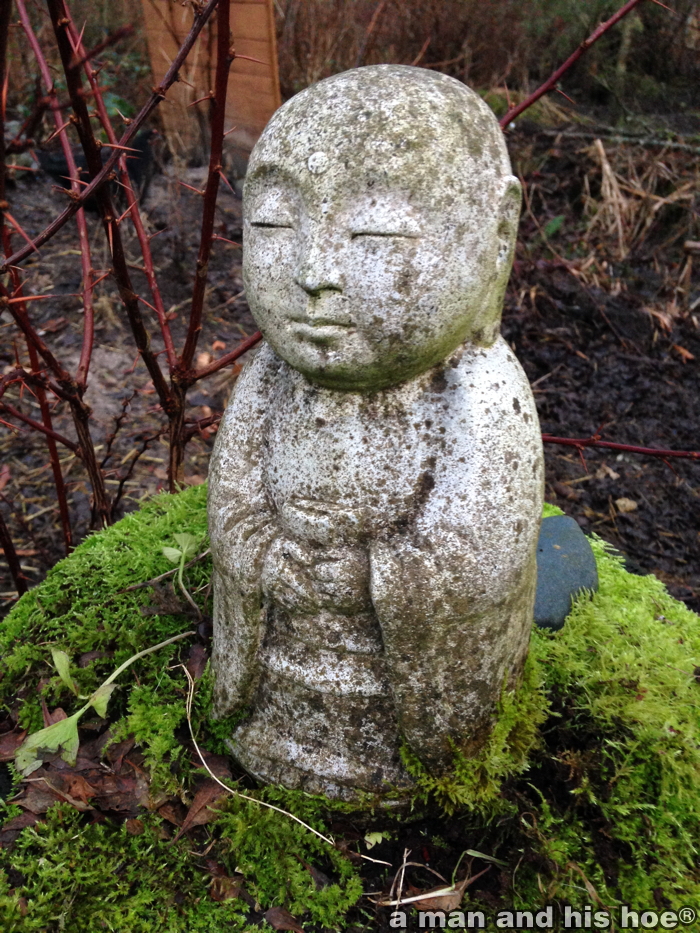
Today marks the end of darkness. Starting tomorrow the days lengthen and the nights shorten. For me, tomorrow seems like the beginning of a new year.
On this, the darkest day of the year, some of the chickens are on the roost for the night before 4 p.m., like the mother and chick below. The chick is too large to fit between its mothers feet, so it snuggles as close to her as possible. In a few more weeks, it will have the confidence to roost on its own.
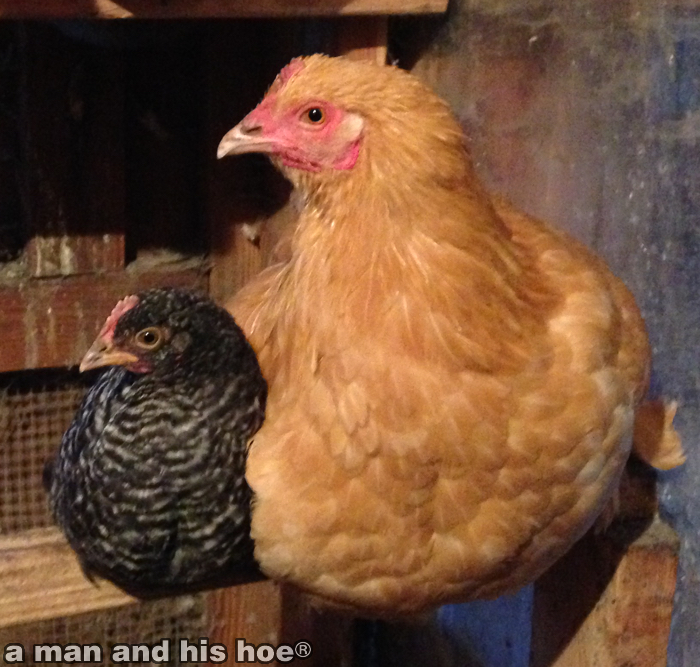
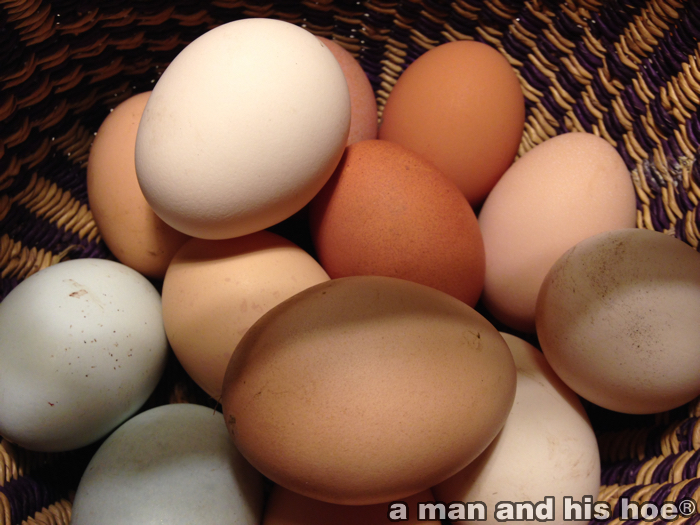
These are solstice eggs, the last of the old season. It won’t be long before the lengthening days brings new life to the hens and they start laying eggs by the basketful.
Speaking of eggs, I wrote a letter to Gabrielle Johnston, Public Affairs Specialist at USDA-FSIS, asking about the USDA-FSIS statement “many eggs reach stores only a few days after the hen lays them”. I had a pleasant phone conversation with her on Friday, and she is looking into how that statement got placed on their website. I’m looking forward to her response, and will let you know what she says.
This is what I emailed her today:
Dear Gabrielle,
I hope you had a pleasant weekend. It’s nice to reach the winter solstice and have days getting longer again.
Back to the claim on the USDA website that “many eggs reach stores only a few days after the hen lays them”, I did a little research recently and this is what I found:
On December 12, I looked at the eggs at Haggens, a supermarket chain in this area, and found eggs packed from 6 to 39 days ago. The average on all the egg cartons was 25 days. When you add in the 2 to 3 days minimum it takes eggs to be trucked from the farm to the egg processing plants, the typical egg at Haggens was laid 28 days, or 4 weeks ago.
Here are the results of stores I checked on December 21:
Bellingham Food Co-Op: 4 days to 25 days, an average of 20.3 days
Trader Joes in Bellingham, WA: 8 days to 12 days, an average of 10.7 days
Fred Meyer in Bellingham, WA: 5 days to 17 days, an average of 11.1 days
Those are the packing dates, so a typical egg in those stores is 2 to 3 weeks old at the least. The USDA allows eggs to be packed up to 21 days after being laid, so on the outset the eggs could be up 5 to 6 weeks old, not likely, but not impossible.
I called several Whole Foods stores in Seattle and asked their grocers if they had any eggs that were just a few days old. They said no. They told me that even though they get a few eggs from Pacific Northwest egg producers, the bulk of their eggs come from Wisconsin and Texas. Based on that, it sounds to me like their eggs are easily 2 to 3 weeks old. The next time I am in the Seattle area, I will check their eggs.
So, I’m baffled as to how the USDA decided to put on their website that “many eggs reach stores only a few days after the hen lays them”.
I hope you were able to find out how this statement was posted on your website. Maybe some one at the USDA can provide a list of supermarkets that sell these mythical 2 to 3 day old eggs. According to the USDA, there supposedly are many of them on store shelves. I’ll keep looking. If I find any, I’ll let you know.
Sincerely,
